Graham Reid | | 2 min read
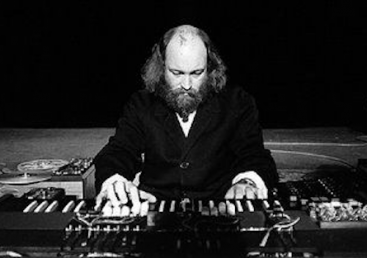
For most people, even if they haven't heard a note by him, their reference point for the career of Terry Riley is often distilled into just two words: In C.
That was the title of his breakthrough, Sixties minimalist album (recorded for the first time in '68), a composition which allows for infinite flexibility.
It has been performed by musicians from China and Mali, by Indian musicians in New York, by horn ensembles, synth groups and solo performers, and most recently in a deconstruction by British-born New York-based DJ David Harrow on New Zealand's Rattle label.
A few might cite Riley's follow-up A Rainbow in Curved Air and maybe the cognoscenti might get to Church of Anthrax in '71 with John Cale.
But despite an impressive discography of a couple of dozen albums – a few with Kronos Quartet – it is In C which most people would know and cite.
It's safe money to bet that hardly anyone would default to Shri Camel after In C and/or Rainbow in Curved Air.
Here was an album which was as hypnotic as any in his early catalogue but which had a large red herring swimming across its river of thought and fluid melodics: Pandit Pran Nath.
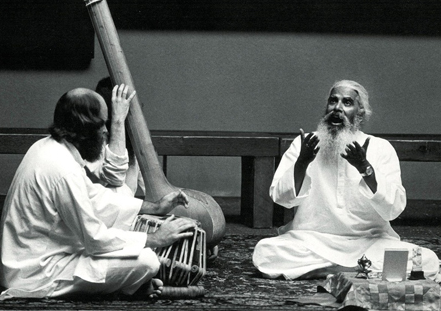 For many years Riley studied the Indian raga form in search of pitch relationships which could elevate the soul, and in the course of that he found the raga master Pandit Pran Nath, an Indian classical singer with whom he studied and lived for months at a time when the master was on the US West Coast.
For many years Riley studied the Indian raga form in search of pitch relationships which could elevate the soul, and in the course of that he found the raga master Pandit Pran Nath, an Indian classical singer with whom he studied and lived for months at a time when the master was on the US West Coast.
Riley would accompany Pran Nath in concert (on tabla, then singing with him).
As with his friend and fellow composer La Monte Young, Riley naturally gravitated to the raga style of singing which dates back many thousands of years and is most often passed from master to disciple.
“What Indian classical music contains, Riley told Joel Rothstein of the jazz magazine Down Beat in May '81, “is a vast palette of colours of frequency relationships.
“And once you start studying it, it's just amazing how many new expressions, new feelings, new colours there are in the tonal relationship of different frequencies which we hadn't used in the West.”
The different tunings Riley began to use in his music and his layering of parts played on an electronic organ (with digital delays) made for complex sounds . . . but if you only read about them.
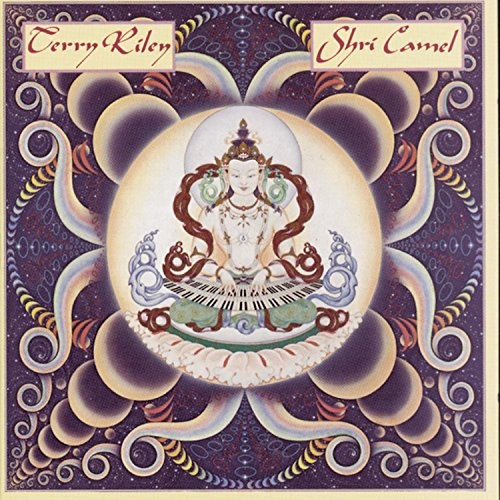 In fact, Shri Camel – four separate pieces across the album on the CBS Masterworks series – is highly listenable, hypnotic, constantly morphing in a most subtle way and probably as easy to accept as In C.
In fact, Shri Camel – four separate pieces across the album on the CBS Masterworks series – is highly listenable, hypnotic, constantly morphing in a most subtle way and probably as easy to accept as In C.
Shri Camel exists at a kind of mid-point between minimalism, Indian raga and electronica.
And pulling it off the shelf at random to consider again has been a sheer delight.
Regrettably – despite CBS considering it a “Masterwork” at the time -- the album isn't on Spotify or iTunes, but you can hear it on you Tube.
And here below is Terry Riley talking about it, Pandit Pran Nath singing then Riley playing it in concert a couple of years before its release.
.
Elsewhere occasionally revisits albums -- classics sometimes, but more often oddities or overlooked albums by major artists -- and you can find a number of them starting here.

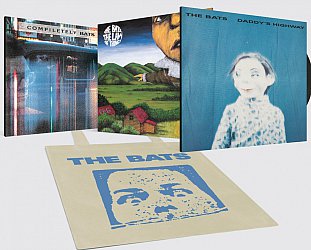
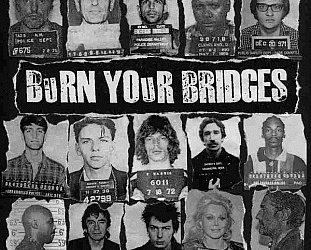
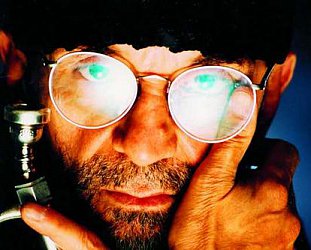
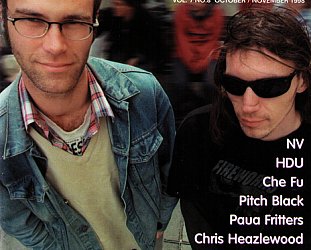

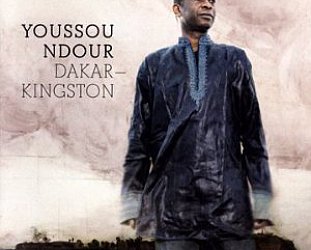
post a comment